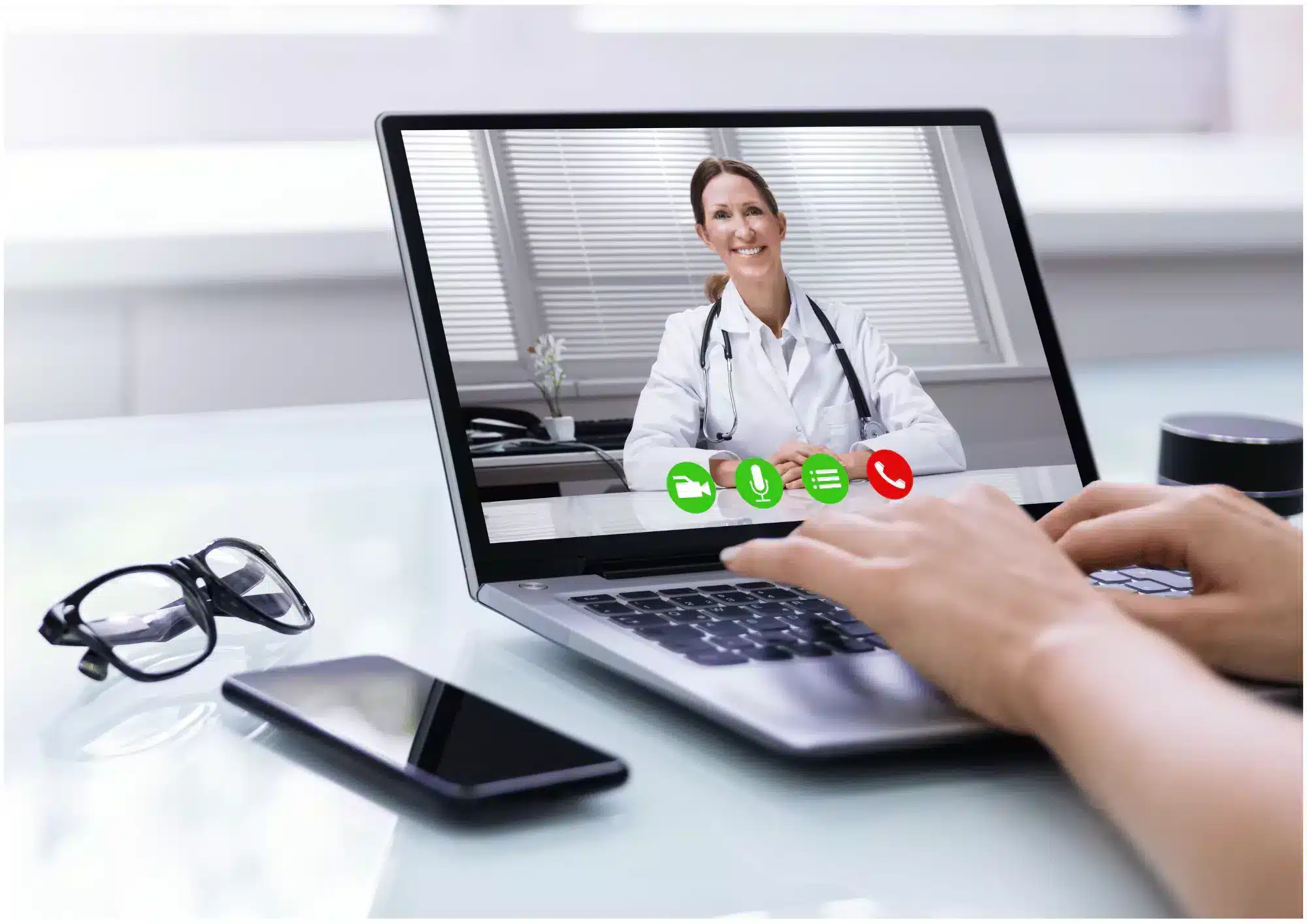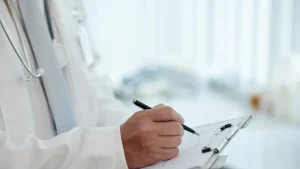With businesses increasingly embracing online services, it was almost inevitable that medicine would follow. Although teledermatology has become more popular, some still have their doubts about how well doctors can diagnose a patient based on a picture or video. Now, a new study confirms that even a cell phone picture can be effective in helping doctors diagnose skin conditions.Teledermatology involves a virtual patient visit, with a dermatologist or family doctor speaking to a patient through video chat or simply viewing pictures of a skin condition. This and other types of telemedicine can help reach patients who live in remote areas, who do not have a specialist in their region, or who have mobility issues and cannot visit their doctor in person. The service can also make a doctor’s visit quicker and easier, allowing a patient to consult their doctor on the go.
The Pediatric Teledermatology Study
Patrick McMahon, MD, and a team at Children’s Hospital of Philadelphia decided to find out how well teledermatology really works. To test this, they recruited forty families from a range of ages, ethnicities, and socioeconomic backgrounds. Genders were equally represented, and although most of the participants had Apple iPhones, some also used an Android-based phone.
In 2016, the researchers gave half the families simple photography instruction sheets and half the families no instructions on how to take pictures of their child’s skin condition. In total, parents submitted eighty-seven images for diagnosis by a remote clinician. The parents then visited a different clinician in-person to independently diagnose their child’s skin condition.
Study Results
When the researchers reviewed the images, they discovered that only three images had poor photographic quality, making a conclusive diagnosis impossible. There seemed to be no statistically-significant effect of giving parents photography instructions versus giving them no direction. Of the high-quality photographs, the teledermatology doctor’s diagnosis agreed with the in-person doctor’s diagnosis eighty-nine percent of the time. This means that, most of the time, a dermatologist can accurately diagnose a child’s skin condition just from a smartphone picture submitted by a parent, even if that parent has had not specific instructions on how to take a suitable photograph.
How Pediatric Teledermatology Benefits the Country
The news is encouraging considering the relatively low number of pediatric dermatologists in the US. Fewer than 300 board-certified pediatric dermatologists serve the more than seventy-five million children located across the country. Not only that, of the two hundred million pediatric doctor’s office visits per year, about ten to thirty percent are for skin complaints which could possibly be diagnosed remotely. With almost 20 percent of Americans living in rural areas, teledermatology could help families without a specialist nearby access the care their children need. It could also be a more cost-effective way for those with financial limitations to access care, and even for those that live in a large city and have the funds available, teledermatology can help reduce wait times.
Telemedicine is Growing
Telemedicine is becoming more popular among physicians and their patients. According to 2016 statistics, 57 percent of primary care physicians would consider allowing virtual visits via video, and 64 percent of patients would be interested in attending a video appointment. Back in 2015, 42 states had created legislation to regulate telemedicine, and as of 2016, 29 states plus the District of Columbia required health plans to cover telemedicine services. Even without that legislation, by 2017, 70 percent of employers plan to offer telemedicine as part of their employee benefits.
According to some estimates, the global telemedicine market will grow 14.3 percent annually until 2020. The market value of telemedicine is projected to hit $36.2 billion by that time. By just 2018, seven million patients may be using telemedicine services.
With this expected growth in telemedicine, it is encouraging to hear evidence that a simple cell phone picture can help doctors reach a dermatology diagnosis, even though some products like Restylane require in-person visits to asses the possibility of application. Although the technology may not be a suitable replacement for every doctor’s office visit, it could help reduce travel and wait times, improve access to suitable care, and lower medical costs. Now all we need are tele-injections.
Tele-injections may not be in your near future, but your patients will still seek your in-office expertise. Visit Medica Depot to find all the dermal fillers and other products you need to help your patients look their best, including Restylane.









